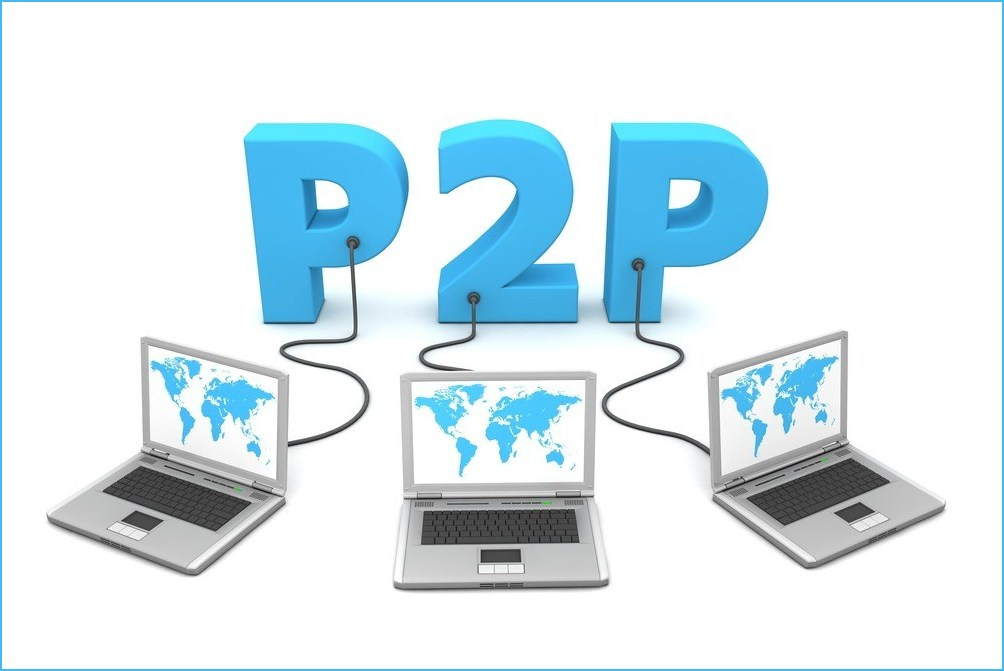
Date First Published: 10th February 2022
Topic: Computer Networking
Subtopic: Data Transmission Technologies
Article Type: Computer Terms & Definitions
Difficulty: MediumDifficulty Level: 5/10
Learn more about what peer-to-peer communication is in this article.
Peer-to-peer communication, also known as P2P communication is the transmission of files over a network using two computer systems. It is a method of file sharing and the computer systems that are connected to each other via the network are referred to as 'peers'. Peer-to-peer communication often works by someone opening a web browser, visiting a website, downloading a file which contains metadata (e.g. torrent) or searching through an application for files, and the computers that the contents are being downloaded from acting as a server and the user’s computer acting as a client that receives that data.
An example of a peer-to-peer software application was Limewire, since it allowed users to upload and download files. The files could be downloaded from any computer that had a whole copy of the file, although it was discontinued in 2010 due to copyright issues. As of now, one of the most popular P2P protocols is BitTorrent, where users can download torrent files from the internet, often from P2P sites, which contain metadata and information about the file. The contents of the torrent files are downloaded from computers that have a whole copy of that file, known as 'seeders'. P2P communication does not require a central server and it is not the same as simply downloading a file from a website, where the server the website is hosted is the central server that serves those requests.

Peer-to-peer networks were first introduced in 1999 when a music-sharing service, called Napster, was introduced, although the first use of peer-to-peer networks was before this time. In August 1988, the internet relay chat (IRC) was introduced for sending texts and chatting and it was one of the first peer-to-peer networks. The first file-sharing network, called Gnutella was introduced in 2000, which was used for sharing files across the internet. Additional peer-to-peer media file-sharing systems were created during the next few years.
If so, it is important that you tell me as soon as possible on this page.
Network Services Network Setups Network Standards Network Hardware Network Identifiers Network Software Internet Protocols Internet Organisations Data Transmission Technologies Web Development Web Design Web Advertising Web Applications Web Organisations Web Technologies Web Services SEO Threats To Systems, Data & Information Security Mechanisms & Technologies Computer Hardware Computer Software Ethics & Sustainability Legislation & User Data Protection